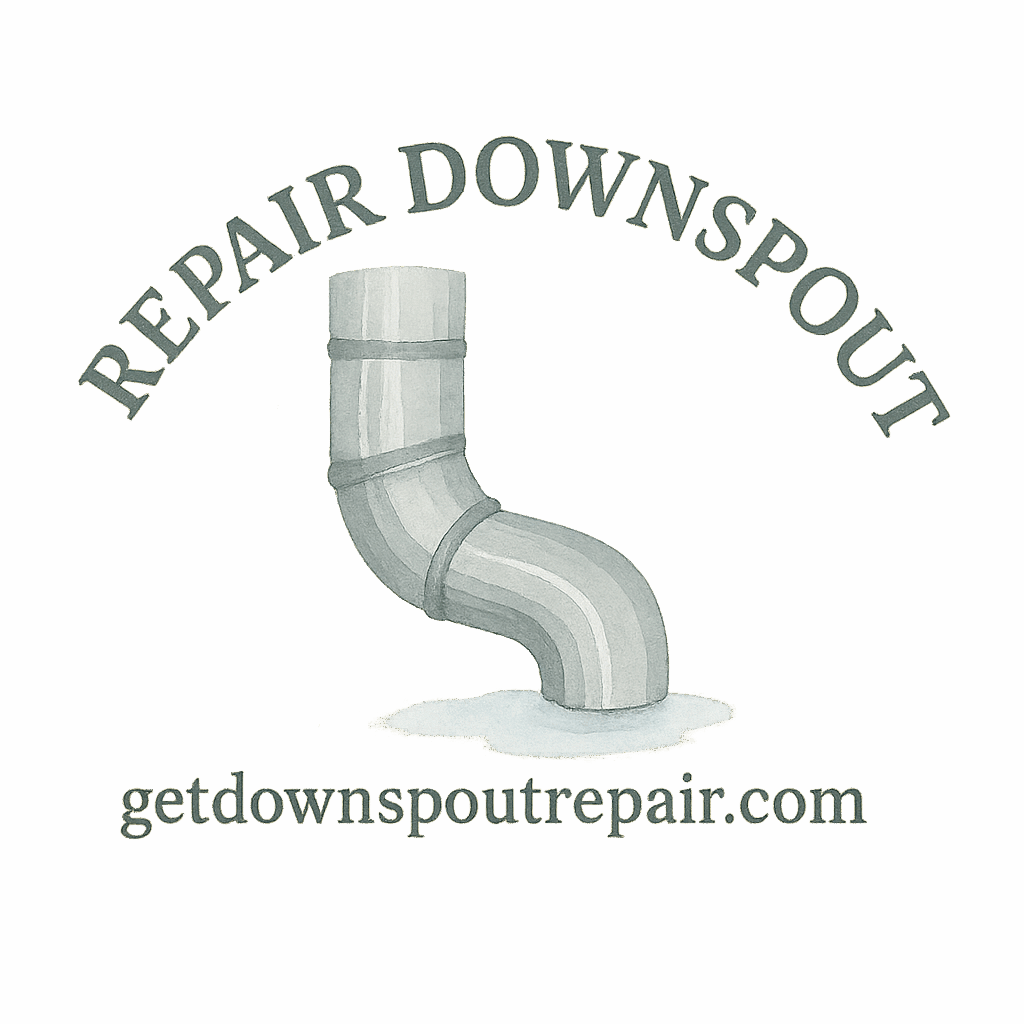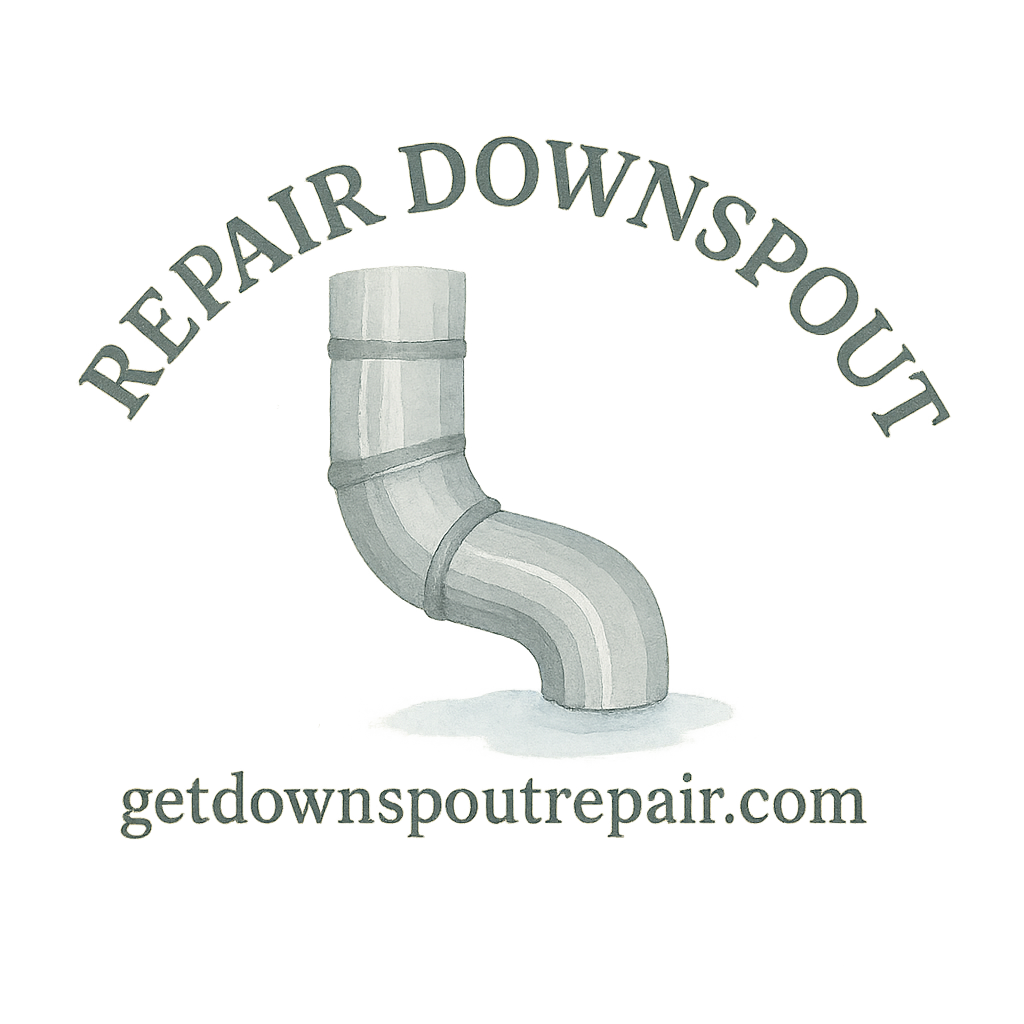Introduction: Why Choosing the Right Materials Matters
If you’ve ever battled with overflowing gutters or a leaky downspout, you already know how frustrating water damage can be. The truth is, your repair job is only as strong as the materials you choose. Picking durable downspout repair materials not only saves you time but also saves you money in the long run. In this guide, we’ll break down the 9 most durable materials for DIY downspout repair and show you how to use them effectively so your system lasts for years.
Understanding Downspout Repair Basics
Before diving into the materials, let’s get on the same page about what makes downspouts fail and why fixing them correctly matters.
Common Causes of Downspout Damage
- Clogs from leaves, dirt, or debris
- Rust and corrosion over time
- Physical impact from storms, ladders, or fallen branches
- Improper installation that puts stress on joints
For a full breakdown of fundamentals, check out repair basics.
Signs Your Downspout Needs Repair
Not sure if your system needs attention? Watch out for:
- Water pooling near your foundation
- Peeling paint or rust streaks on your downspout
- Separated or loose joints
- Cracks, holes, or leaks
These red flags should be your cue to take action before bigger damage sets in.
Essential Tools for DIY Downspout Repair
Must-Have Tools for Beginners
If you’re new to DIY repairs, you’ll need a few basics:
- A ladder with stabilizers
- Tin snips for cutting metal sections
- Screwdriver or drill with bits
- Rubber gloves and sealant gun
Explore more gear suggestions in the DIY tools category.
Safety Tips Before Starting Your Repair
- Always work on dry days to avoid slipping
- Use gloves to protect from sharp metal edges
- Secure your ladder properly
- Wear eye protection when cutting materials
9 Durable Materials for DIY Downspout Repair
1. Aluminum Downspout Extensions
Aluminum is lightweight, rust-resistant, and affordable. It’s perfect for extensions and easy to cut to size.
2. Galvanized Steel Pipes
If you want durability, galvanized steel is tough and resists dents better than aluminum. Great for areas prone to heavy storms.
3. Vinyl Downspout Sections
Vinyl is budget-friendly and easy to install. It won’t rust but may crack in very cold climates.

4. Copper Downspouts
For those who want aesthetics plus durability, copper is unbeatable. It naturally resists corrosion and lasts decades.
5. Flexible Plastic Corrugated Tubes
Perfect for quick fixes or rerouting water temporarily. Not as long-lasting but handy for temporary or seasonal solutions.
6. Concrete Splash Blocks
These help redirect water away from the foundation. Heavy and weather-resistant, they prevent soil erosion.
7. Rubber Seals and Gaskets
These keep joints tight and leak-free. They’re small but essential for a long-lasting repair.
8. Epoxy and Sealant Compounds
Used for patching holes and cracks. Epoxy creates a strong waterproof bond that holds up against harsh weather.
9. Stainless Steel Screws and Brackets
The unsung heroes of downspout repairs. Corrosion-resistant and sturdy, they secure your setup in place.
How to Choose the Right Material for Your Repair
Climate and Weather Considerations
Live in a wet or coastal area? Go with aluminum or copper to resist corrosion. Cold climates? Avoid vinyl since it cracks easily.
Budget-Friendly Options vs. Premium Choices
- Budget: Vinyl or aluminum
- Mid-range: Galvanized steel
- Premium: Copper
For pricing details, visit costs and materials.
DIY Downspout Repair Step-by-Step
Preparing the Area
Clean out any debris, inspect for hidden cracks, and make sure you have all materials ready.
Replacing Damaged Sections
Cut out damaged areas and replace them with new material that matches your system.
Sealing Joints and Connections
Apply epoxy or sealant to all joints, then secure with stainless steel screws.
Securing the Downspout
Attach the downspout firmly to the wall with brackets. Check alignment so water flows smoothly.
Need more guidance? Dive deeper into DIY fixes.
Preventing Future Downspout Problems
Regular Gutter Cleaning
Clogs are enemy number one. Make it a habit to clean your gutters every season. Gutter cleaning tips here.
Installing Guards and Filters
Leaf guards and mesh filters keep debris out, reducing the risk of clogs.
Seasonal Maintenance Tips
- Fall: Clear leaves weekly
- Winter: Check for ice buildup
- Spring: Inspect for storm damage
For more tips, explore drainage protection.
When to Call a Professional for Help
Complex Repairs and Water Damage
If water has seeped into your basement or foundation, it’s time to bring in a licensed contractor.
Cost vs. DIY Savings
DIY saves money upfront, but sometimes professional repair prevents expensive long-term damage. Check out pro help for guidance.
Conclusion
Downspouts may seem small, but they play a huge role in protecting your home. By choosing durable materials like aluminum, copper, or galvanized steel, you’re setting yourself up for fewer repairs and less stress down the road. With the right tools, some patience, and regular maintenance, you can handle most repairs yourself and save a bundle.
FAQs
What is the best material for DIY downspout repair?
Aluminum and copper are the top picks for durability and long-term performance.
How long do aluminum downspouts last?
Typically 20–30 years, depending on weather exposure.
Can I mix different materials for one downspout repair?
Yes, but ensure compatibility. For example, don’t mix copper with steel (it can cause corrosion).
Is copper worth the investment for a downspout?
If budget allows, yes. Copper lasts decades and boosts curb appeal.
What tools do I need for basic repairs?
A ladder, tin snips, drill, sealant gun, and protective gloves.
How do I prevent clogs in my downspouts?
Clean regularly and install guards or filters.
Should I repair or replace my entire downspout?
If damage is localized, repair is fine. But if multiple sections are failing, replacement may be smarter.


